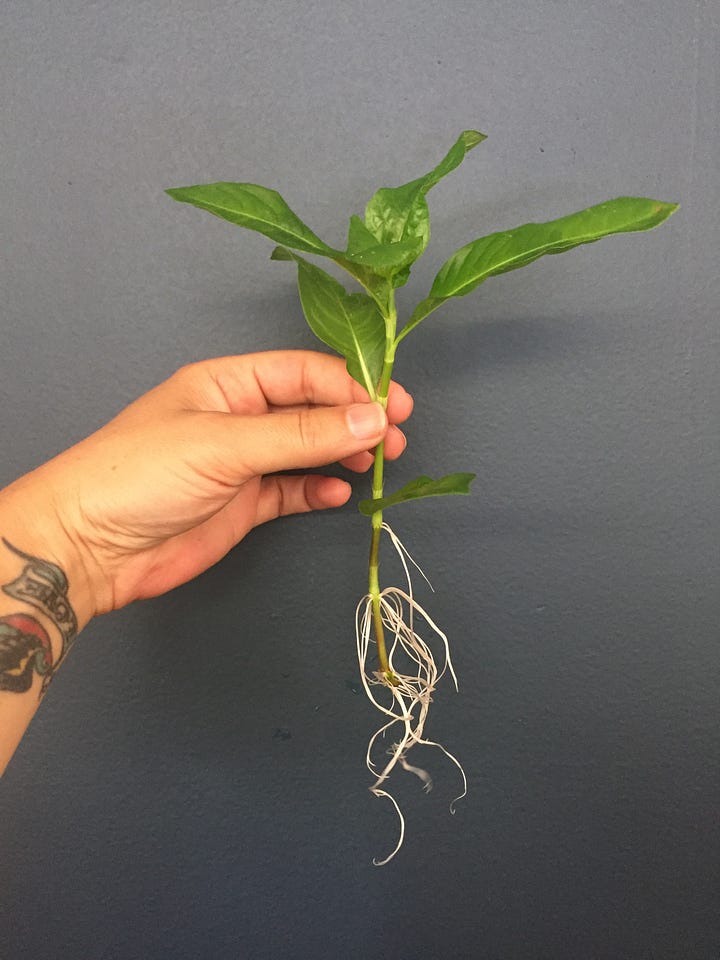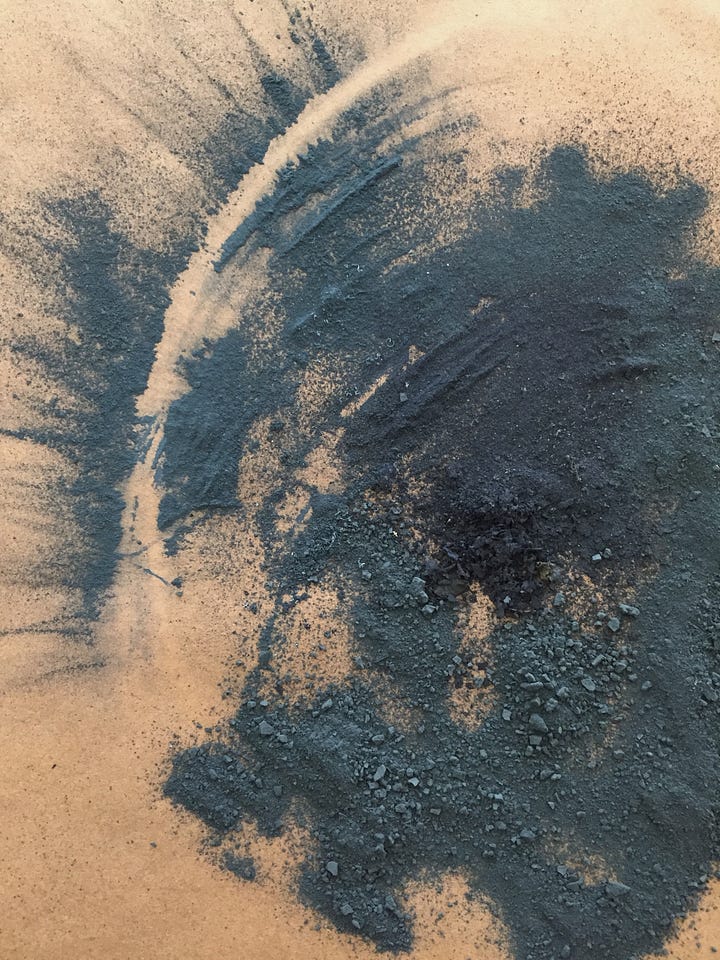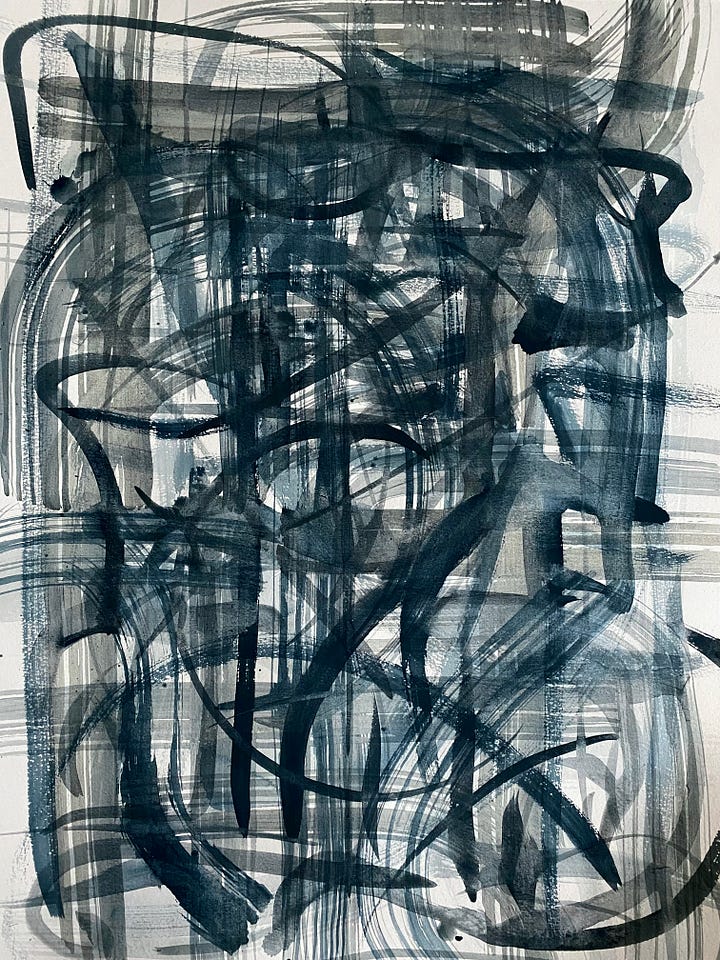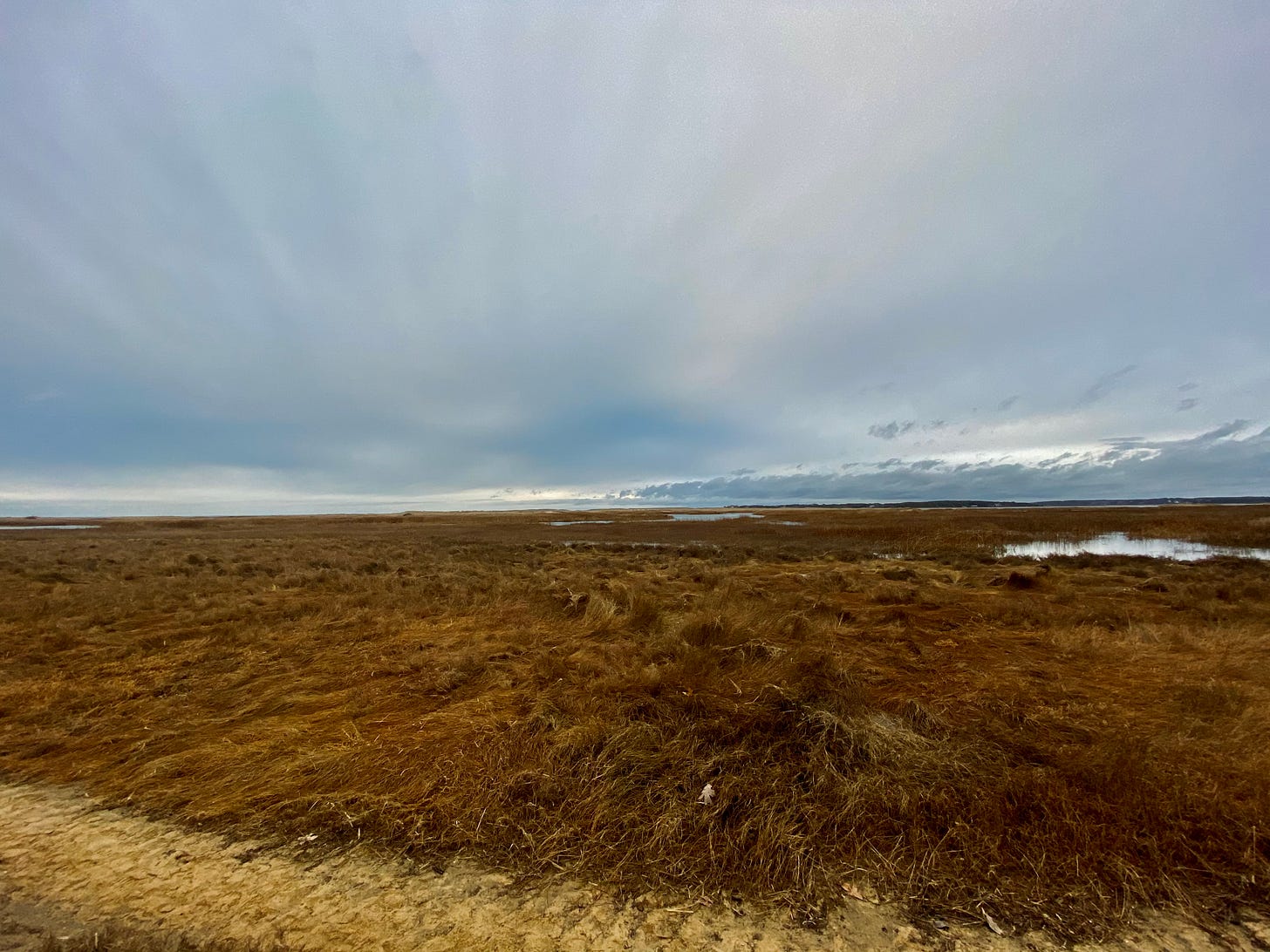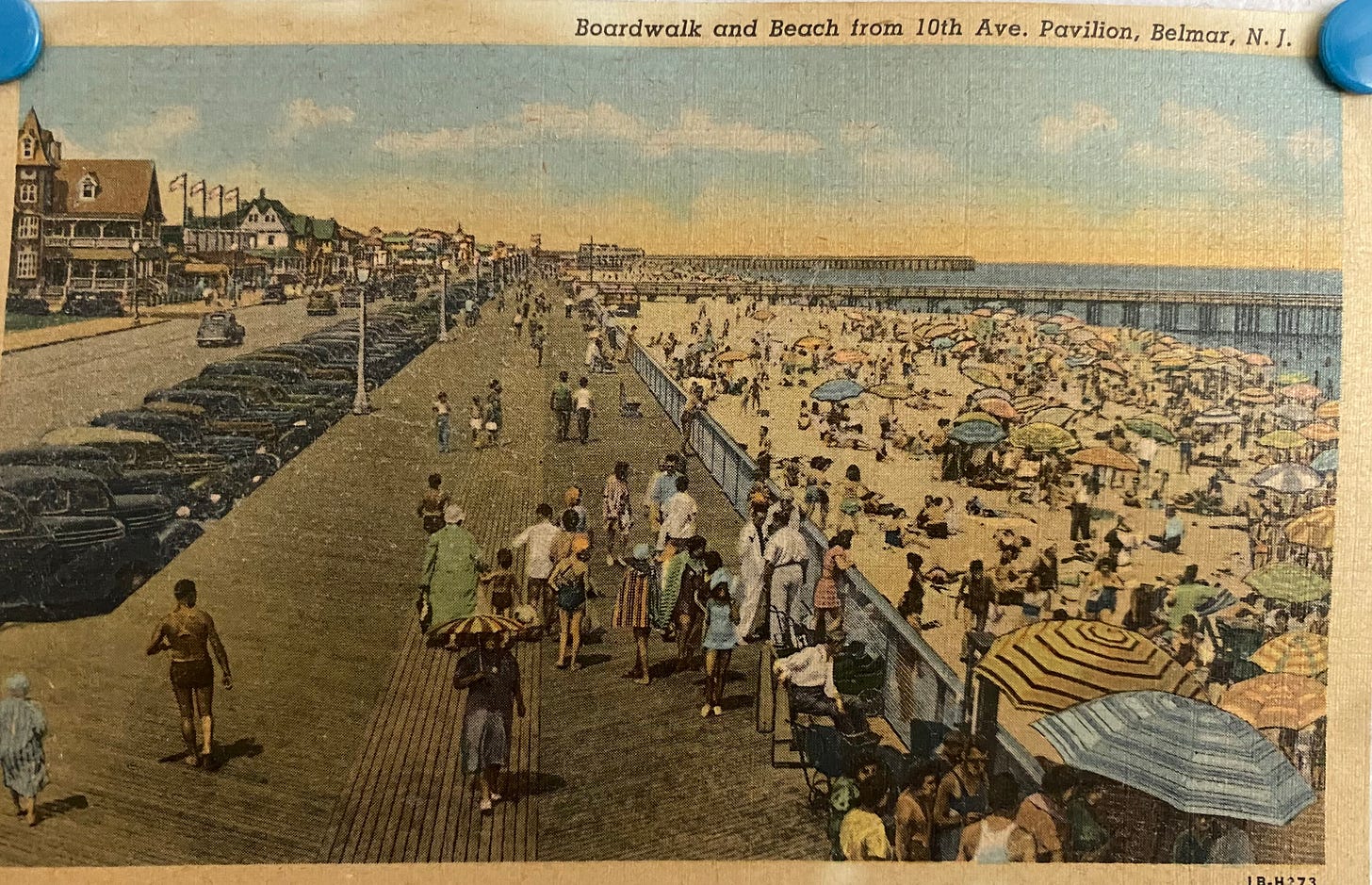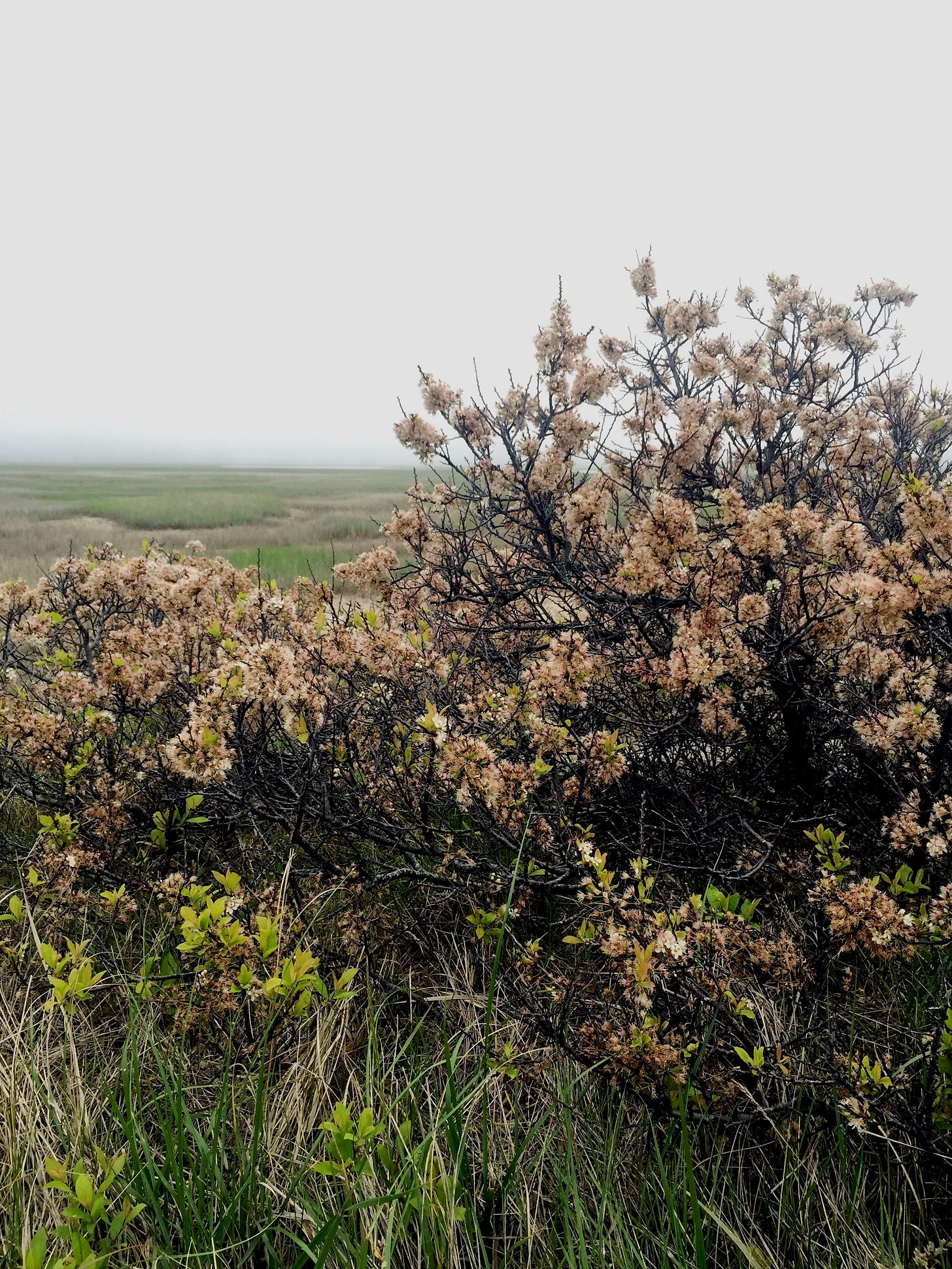What you’ll find here:
a record of the alchemical reaction of plants and elements, the transformations of the landscape, and the creative connection to nature on Cape Cod. Surrounded by woods and dunes, every day there is magic here. The night sky is a light show of stars. My garden gifts me with plants to use for food, art, solace. Pigment from flowers, salt from the sea, prints made with sunlight; from cooking to creating, these recipes, ideas and inspirations will be included in this newsletter.
Outer Cape Cod is a thin, sandy sliver of land just a few miles wide in the middle of the ocean. A single highway runs through it: one way in, one way out. Pitch pine woods flank either side. Bay waters lie to the west, feeding into tidal marshes that weave their way inland. To the east, cliffs drop down almost 50 feet to the Atlantic, the first to bear the brunt of bad weather. Salt is in the air. You can taste it on the wind.
Down on the beach, water moves along the tidal flow, air rides its own current above. Where sand meets dune, the earth is sliced into cliffs, revealing layers of peat and clay, shells and bottles – the mark of man in the timeline. Atop the cliff native plants prosper; entire swaths of a single species create a mosaic of color leading up to the sky. Bearberry hugs the earth with its shiny evergreen leaves. Scrub oak and bayberry are scattered about. Pitch pines shaped into bonsai trees by the hands of the wind reach up to the sky. As the setting sun drops below the horizon, the sky is painted in an explosion of color. Artists have been coming to the outer Cape to chase this view for centuries, hoping to catch the moment with their brush, pen, lens.
Most of this land is covered in woods and dunes, preserved by the National Seashore. Protected since the 1958 legislation was introduced, it is an evolving landscape influenced by the elements. Abandoned homes now owned by the National Park Service are scattered about, time capsules sheathed in lichen-covered cedar.
A little bit about me:
The outer Cape is both similar and nothing at all like the small, tourist town on the Jersey shore where I grew up. Belmar is about a mile square in size, with a boardwalk that runs along the Jersey coast. I spent a lot of time at the beach. My dad surfed. He got me my first job at the local surf shop in town. He brought me to my first punk rock show at the VFW hall in the mid 80’s. (I’ve been hooked ever since.) Belmar shared the distinction that most tourist towns have: an outsiders, locals-only vibe, begrudgingly beholden to the income that summer folks bring.
When my husband Thomas and I visited the Cape for the first time on a cold, off-season weekend, it was weird and dark and beautiful. The outsider vibe on this outermost land made me feel like it was exactly where I was supposed to be. Growing up in a coastal Massachusetts town, Thomas also felt the same way. Through some magical starry alignment and many harmonious strokes of luck, we would buy a house and move to the Cape in 2014.
We were initially introduced to the outer Cape by way of the Cape Cod Modern House Trust, a non-profit that has restored and preserved four historically significant midcentury modern homes in The National Seashore. Once we moved to the Cape, I became a docent for the CCMHT, leading group tours in the summer and helping with administrative tasks in the winter. Thomas would work as a ‘forensic carpenter’ in the restoration and upkeep of the landmark houses, as well as our own. Just a small, single-story Cape, our house needed a lot of work.
During my time with the CCMHT, I was (and still am) growing a garden, exploring and creating things from plants: herbal salves and oils, botanically dyed linens, paints made from flowers. Invited to Remodelista Market New York and Boston, my work as a maker was also featured in Gardenista, Design New England Magazine, and Edible Cape Cod Magazine. I brought my flowers, herbs, and goods to local farmers’ markets and popups, connecting with the community and its summer visitors. I’d curate and open The Dooryard at a local farmstand: a summer popup that sold my handmade goods along with the farm’s vegetables. In the off-season, I spent winters working at the Provincetown Art Association and Museum, further expanding my appreciation for the blend of art and landscape found on Cape Cod.
In spring of 2018, I opened up Plant Work Shop in Orleans, my own shop and studio where I sold the goods I made and taught plant-based workshops to the community, from wreath-making for the holidays, to flower bouquet pop-ups, to fire cider making and dyeing with indigo. I brought in other artists to teach classes: Katrina Rodabaugh, author of Mending Matters and Anna Brones, author of Live Lagom: Balanced Living the Swedish Way. I was fortunate enough to be a featured guest speaker in Feedback Fridays for Botanical Colors, a weekly live event hosted by the largest US natural dye supplier. I also wrote plant-crafting tutorials for The Provincetown Independent, a small but mighty newspaper featuring news from the four towns of the outer Cape.
Although the pandemic would cause Plant Work Shop to shut, my work continues from my home studio and garden. Like many artists + creatives, I piece things together with a portfolio of part-time gigs. In addition to teaching workshops across the Cape, I currently teach in the Art Reach youth education program at the Provincetown Art Association and Museum. I also work at the PAAM helping with memberships and members’ exhibitions. Not only is the picturesque town a beautiful place to be, the PAAM has been around since 1914 and there is a treasure trove of history and inspiration in its galleries and archives.
This time since closing the shop has given me insight on myself and what I truly desire. It is the act of creating that I love and want to share. It is living in this special place so connected to nature that I want to tell everyone about.
For years I’ve been working with plants and the elements, a magician in the kitchen. I let the plants and fire do their thing. I go in with little expectation and come out with happy accidents. The creating is part of my practice. I take myself out of the equation and let nature perform its alchemy; it is the true artist.
Join me in my kitchen. Maybe we’ll make something, maybe we’ll cook something. There will be walks through the woods and dunes, visits to secret spots, hidden gems. And I’ll probably sneak in some art and architecture because it’s just as much a part of this place as the sea and sky.
Follow me on instagram for more content.
